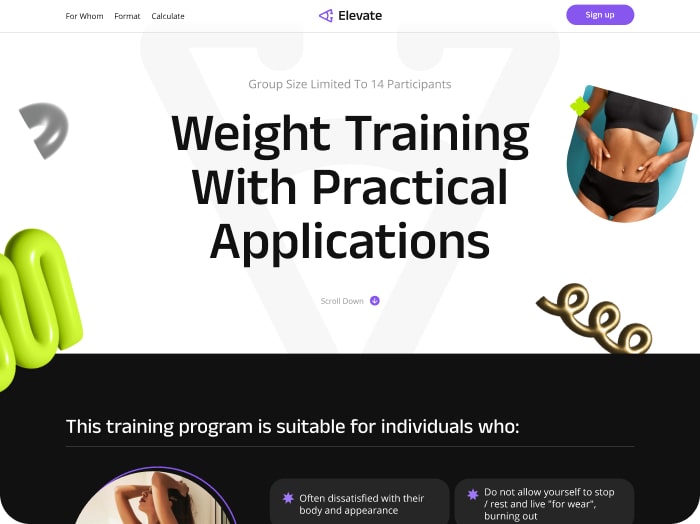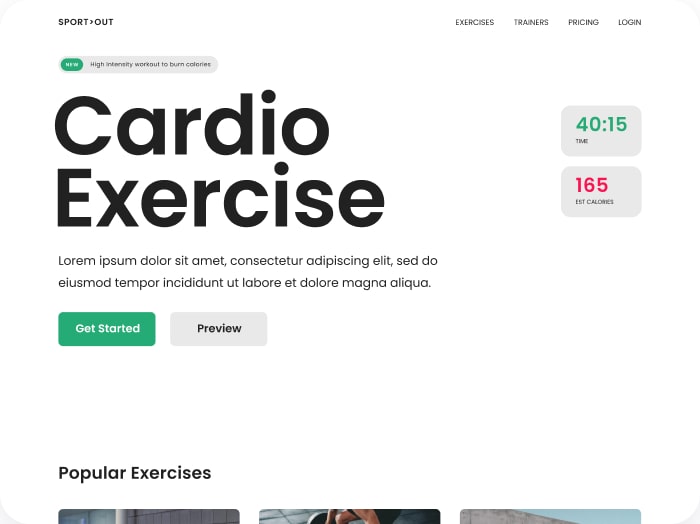The Importance of Calorie Tracking for Competitive Athletes and Extreme Sports Participants
When it comes to competitive eating, extreme sports, or any high-intensity athletic activity, nutrition plays a crucial role in performance, recovery, and overall health. Calorie tracking is a vital component of an athlete’s nutrition strategy, helping them optimize their energy intake to match their energy expenditure. Here’s a detailed look at why calorie tracking is essential and how athletes can implement it effectively.
Understanding Caloric Needs
Athletes, especially those involved in endurance or high-intensity sports, have significantly higher caloric needs compared to the average individual. For instance, Olympic athletes like rower Meghan Musnicki require between 3,500 and 4,500 calories per day to maintain their weight and support their training.
To determine the optimal caloric intake, athletes can use specialized tools like the Calorie Calculator Cloud or the Athlete’s Calorie Calculator from My Sports Dietitian. These tools consider factors such as age, weight, height, activity levels, and fitness goals to provide a personalized calorie target.
The Role of Macronutrients
Macronutrient balance is critical for athletes. Carbohydrates, proteins, and fats each play distinct roles in energy production, recovery, and overall performance.
- Carbohydrates: These are the primary source of energy for high-intensity activities. Athletes like Ryan Crouser, who consumes 5,000 calories a day, emphasize the importance of carbohydrates for intra-workout performance. Adjusting carbohydrate intake based on activity levels can significantly impact performance and recovery.
- Proteins: Essential for muscle recovery and rebuilding, proteins are particularly important post-workout. Athletes like Olympic gold medalist Ryan Crouser consume fast-absorbing proteins to optimize their recovery window.
- Fats: Healthy fats are crucial for overall health and can provide sustained energy. Athletes often include sources like nuts, seeds, and avocados in their diet.
Real-World Examples
Olympic Athletes
Olympic athletes provide valuable insights into effective calorie tracking and nutrition strategies. For example, Helen Maroulis, an Olympic wrestler, aims to eat about 1,500 calories a day, with a focus on protein and healthy carbohydrates. She meal-preps to ensure she gets enough energy throughout the day, especially during intense training periods.
Endurance Athletes
Endurance athletes, such as cyclists and runners, also benefit from careful calorie tracking. A study by TrainRight highlights the importance of matching caloric intake with energy expenditure. During intense training periods, athletes often fail to increase their caloric intake sufficiently, leading to performance issues and recovery problems.
Practical Tips for Calorie Tracking
Using Nutrition Tracking Apps
Tools like MyFitnessPal (MFP) are popular among athletes for tracking nutrition. These apps offer large food databases and are easy to use, making it simpler to log meals and snacks. However, it’s important to note that consistent tracking is challenging; most athletes can maintain a food log for only one to four weeks, which is still sufficient to gain valuable insights into their eating habits.
Heuristic Approach
Instead of obsessing over calorie counting, a heuristic, habit-based approach can be more effective. Athletes should aim to ensure they are consuming at least as much food energy as their body is burning. Small adjustments, such as reducing portion sizes or changing meal compositions, can help fine-tune their nutrition strategy without causing significant disruptions.
Meal Planning
A well-structured meal plan is essential for athletes. This includes having a variety of meal options for different times of the day and adjusting these based on training intensity. For example, Ryan Crouser consumes five 1,000-calorie meals daily, with snacks in between to maintain his energy levels.
Digestive Health and Inflammatory Foods
Managing Inflammation
Athletes need to be mindful of the foods they consume to avoid inflammation. Ultra-processed foods like white bread, chips, and soda can increase the risk of chronic inflammation. Ryan Crouser emphasizes the importance of eating whole foods and limiting inflammatory foods to optimize his performance and recovery.
Gut Health
Protecting gut health is crucial for athletes. A balanced diet that includes a variety of fruits, vegetables, and whole grains can help maintain a healthy gut microbiome. Additionally, staying hydrated and avoiding excessive intake of processed foods can support digestive health.
Case Studies and Success Stories
Ryan Crouser’s Nutrition Strategy
Ryan Crouser, the shot put world champion, is a prime example of how effective calorie tracking and nutrition planning can lead to success. He consumes 5,000 calories a day, spread across five meals, and focuses on whole foods to manage inflammation and support his training. His approach highlights the importance of listening to the body and adjusting the diet accordingly.
Endurance Athletes’ Experiences
Endurance athletes who track their nutrition often see significant improvements in performance and recovery. For instance, an athlete who tracked their nutrition before and during a cycling event found that increasing carbohydrate intake improved their performance and recovery. This real-world example underscores the value of data-driven nutrition strategies.
Conclusion and Next Steps
Calorie tracking is a powerful tool for competitive athletes and extreme sports participants. By understanding their caloric needs, balancing macronutrients, and using practical tracking methods, athletes can optimize their performance and recovery.
For those looking to implement a calorie tracking strategy, here are some next steps:
- Use a Calorie Calculator: Tools like the Calorie Calculator Cloud or the Athlete’s Calorie Calculator can help determine your optimal caloric intake.
- Start Tracking: Use apps like MyFitnessPal to log your meals and snacks.
- Adjust Based on Data: Make small adjustments to your diet based on the data you collect.
- Focus on Whole Foods: Emphasize whole foods and limit processed and inflammatory foods.
By taking these steps, athletes can ensure they are fueling their bodies optimally, leading to better performance, faster recovery, and overall better health.
For more detailed plans and pricing on calorie tracking tools, visit the Calorie Calculator Plans page.








